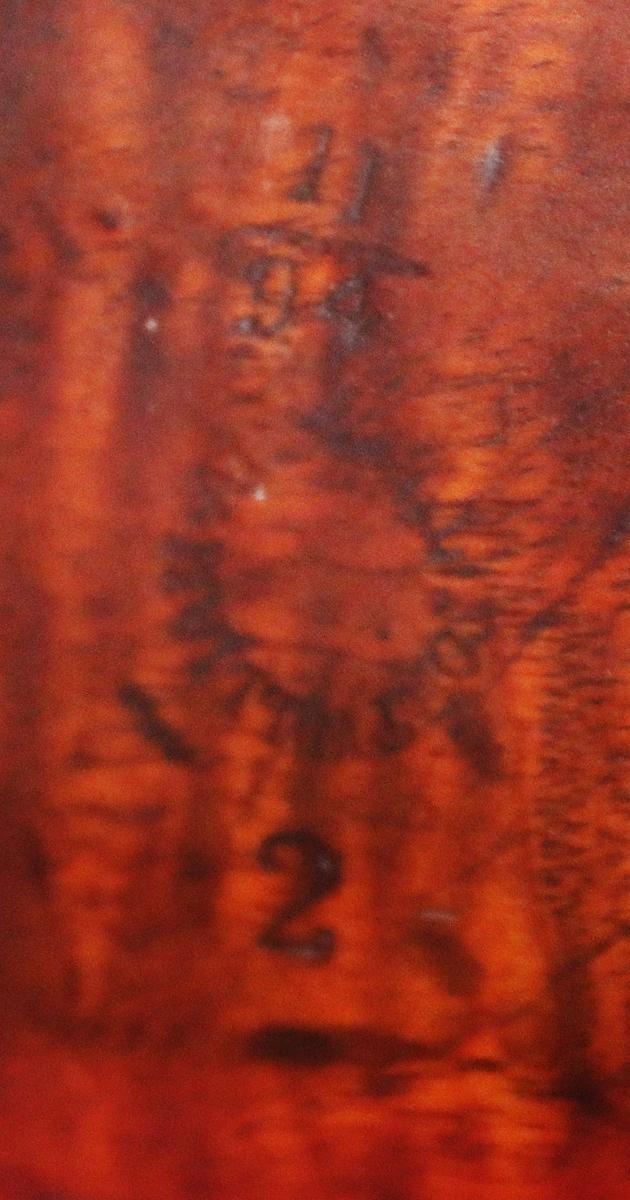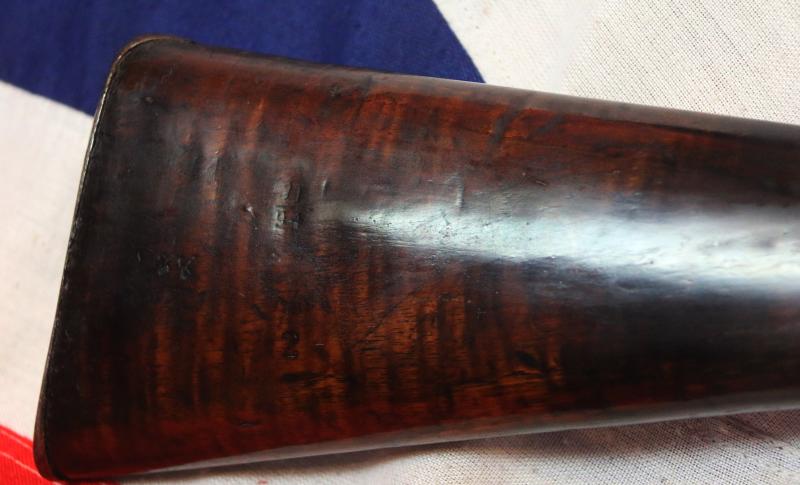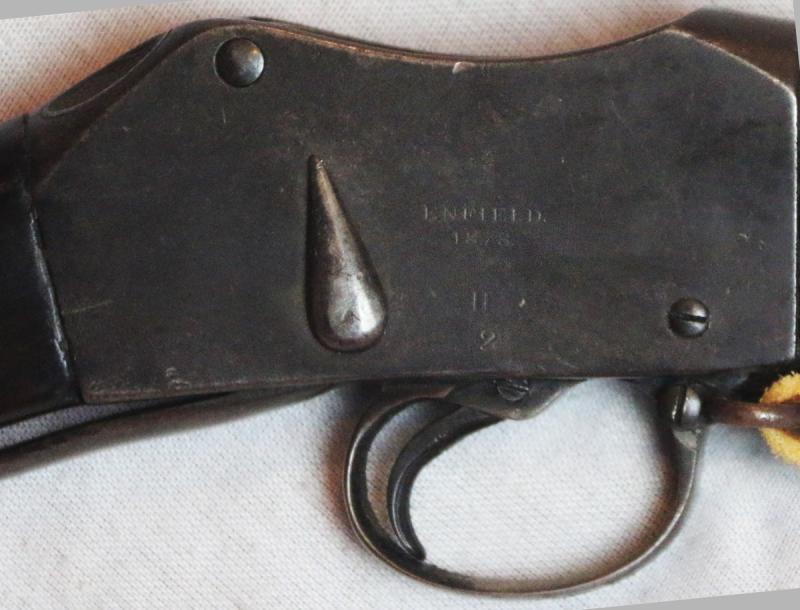A Super Zulu War 94th Regt Marked Martini Henry With Buff Hide Sling. Enfield, Dated 1878. the Battle of Ulundi, 94th foot Regiment
Original Antique MK II Antique Short Lever Martini Henry Rifle, with buff hide leather sling & super stock patina. Much of the stock looks fabulous with a very fine patina. Fully actionable and a superb tight mechanism. The stock bears the original regimental stamp markings of the 94th Foot, that fought amongst other areas at the Battle of Ulundi. The metalwork is exceptionally good, and so is most of the stock, but it has had some split repairs at the wrist, and two small inserts in the forestock. British rifles were rarely regimentally stamped in the 1870's, but it is especially rare to find one stamped for a regiment that fought in the Zulu war. It is armourer stamped in the traditional manner either 1/94 or H/94.
Shown with an original Martini Henry sword bayonet that is an optional extra, and not included in the price.
The 94th Regiment of Foot in the Zulu War
The 94th Regiment was stationed at Aldershot when a sudden order was received on 12 February 1879, directing it to Natal. All officers and men were recalled at once, with a further 350 volunteers joining to bring the Regiment to war strength. The men embarked from Southampton aboard the S.S. China and arrived at Durban on 2 April.
Forming part of Newdigate's Division, the 94th formed at advance post at Conference Hill, where they built two forts and a stone laager under the direction of officers from the Royal Engineers.
At the battle of Ulundi, the 94th was the only regiment in Newdigate's Division that had six companies present; in the engagement, two of its men were killed and one officer and eighteen men were wounded. Following Ulundi, the Regiment retired to Entonjaneni and subsequently assisted in disarming the Zulus and dismantling Sekukini's stronghold. It also bore the grim duty of burying those who fell at the Zlobane on 28 March.
992 Medals were issued to the 94th Regiment, 948 of them with the '1879' clasp.
The most desirable Martini Henry are these MKII's, The very types of MK IIs as were used by the 24th Foot at Ishandwhana and Rorke's Drift, the 94th at Ulundi as this one was the Afghan War and several conflicts against the Mahdi in the Sudan. They were also used up to WW1 by some colonial regiments. This gun are original ordnance contract example, issued to the 94th, as the best line regiment issue, and made at Enfield with VR Crown mark, all are originally line regiment issue.
This rifle was made at the Enfield arms workshop in 1878, and is a truly exceptional and beautiful example, maker marked, and in very good operational order indeed with an excellent action, but clearly combat used.
The Martini Henry, .450 577 rifle was most famous British Infantry breech loading rifle of the 19th century. All the MK11 rifles are just as were used in the film ZULU, and the exact model type as was used during the Zulu War
This Martini-Henry was the breech-loading lever-actuated rifle adopted by the British, combining an action worked on by Friedrich von Martini (based on the Peabody rifle developed by Henry Peabody), with the rifled barrel designed by Scotsman, Alexander Henry. It first entered service in 1871 replacing the Snider-Enfield, and variants were used throughout the British Empire for 30 years. It was the first British service rifle that was a true breech-loading rifle using metallic cartridges.
During the Martini-Henry period in service, the British army were involved in a large number of colonial wars, most notably the Anglo-Zulu War. The Martini Henry, 450-577, Short Lever, MK I converted MK II or the regular MK II rifle was the type used by the company of the 2nd Battalion, 24th Regiment of Foot present at Rorke's Drift during the eponymous battle. The MK I originally had a small design fault in that the actions hinge pin was initially made of brass, which was too soft for continual use. The rare and early MKI's were thus converted by removing this pin, replacing it with a steel pin, and then redesignated the MKII. The Martini Henry examples we have were used throughout the British Empire. in fact the Martin henry was such a good rifle many survived to be used in WW1 by some colonial regiments.
As with all our original antique arms, no licence is required to own, purchase or to collect anything of that description we sell. They, and all of these rifles, are entirely unrestricted to own, collect, and display just as they are.
Code: 24968










